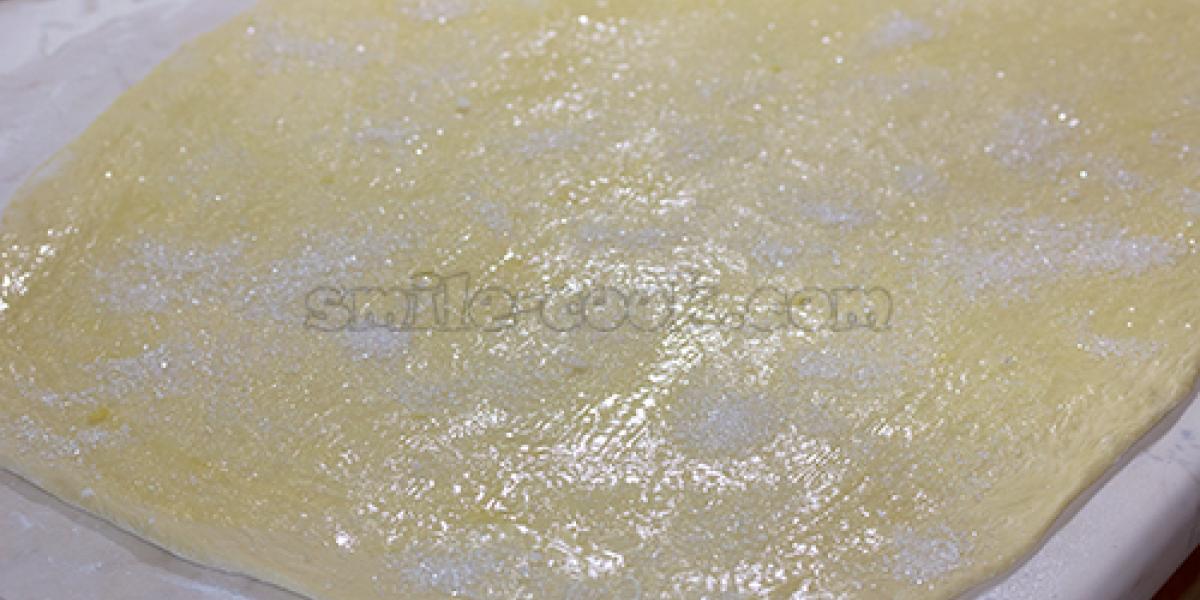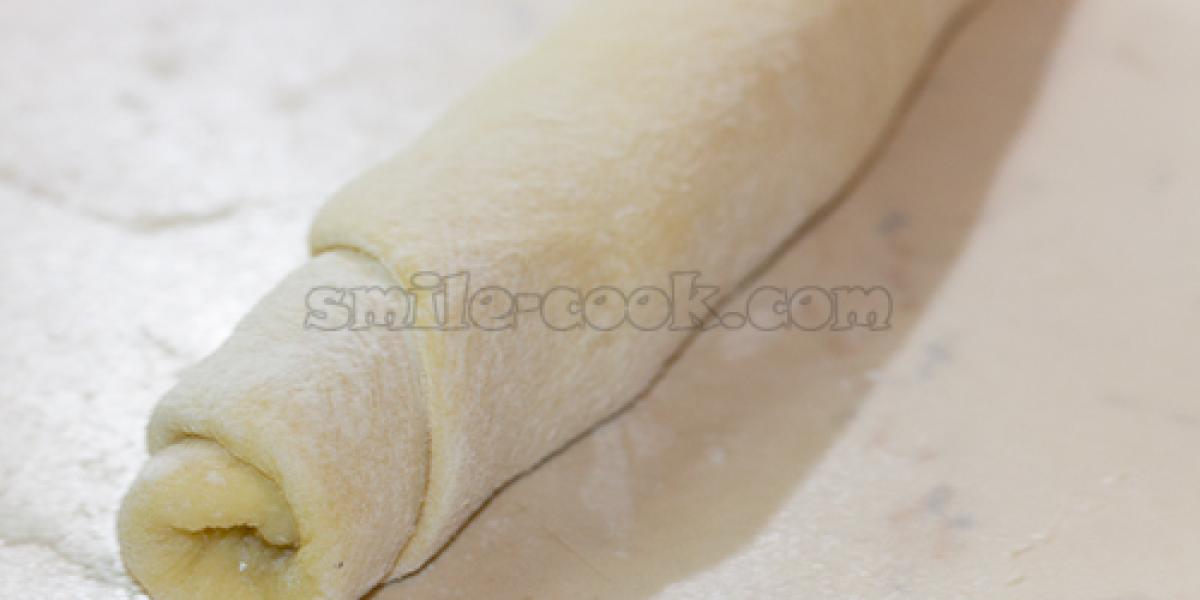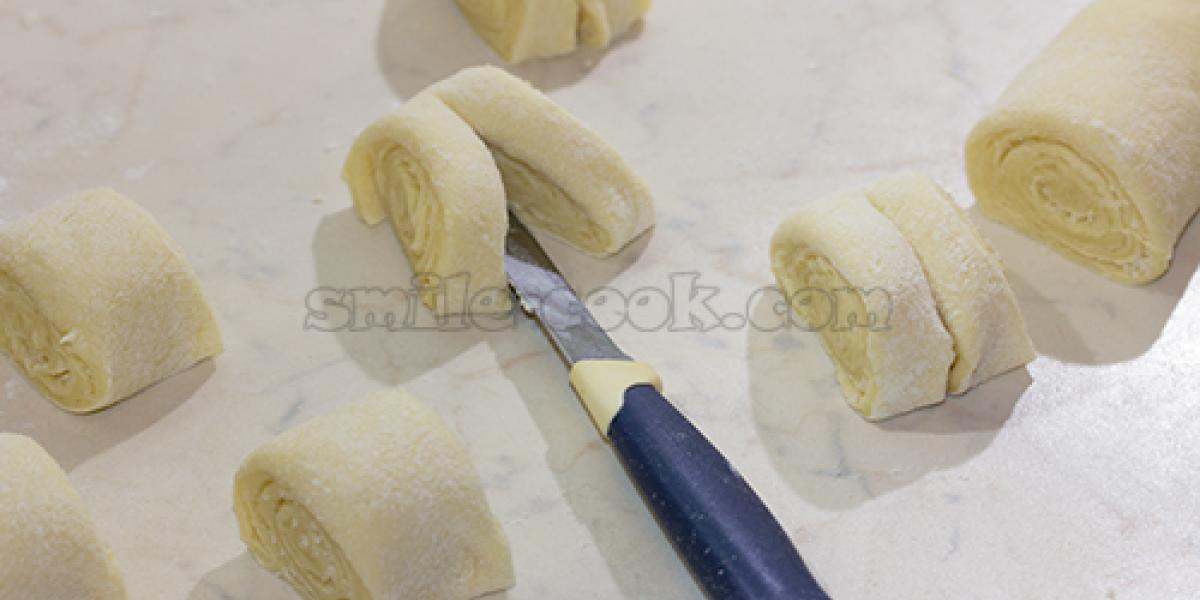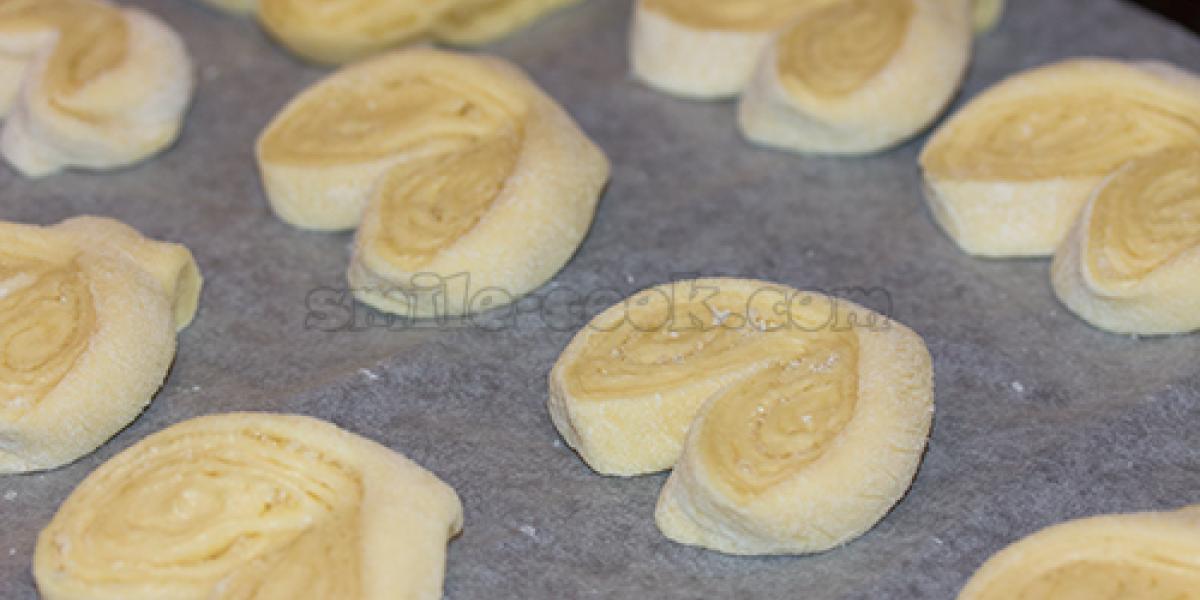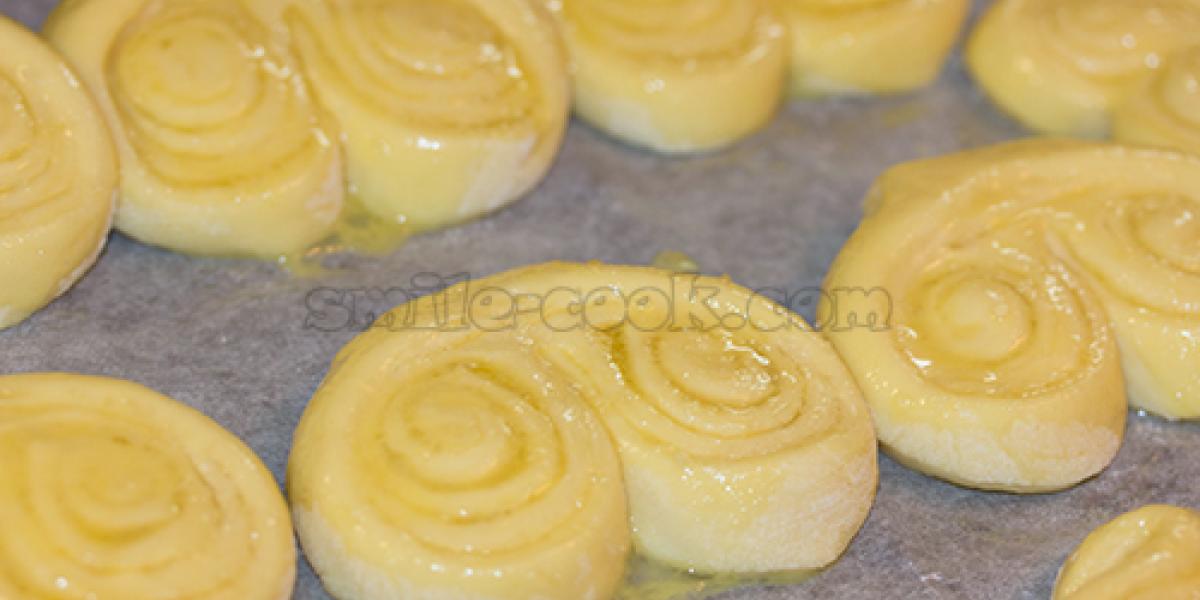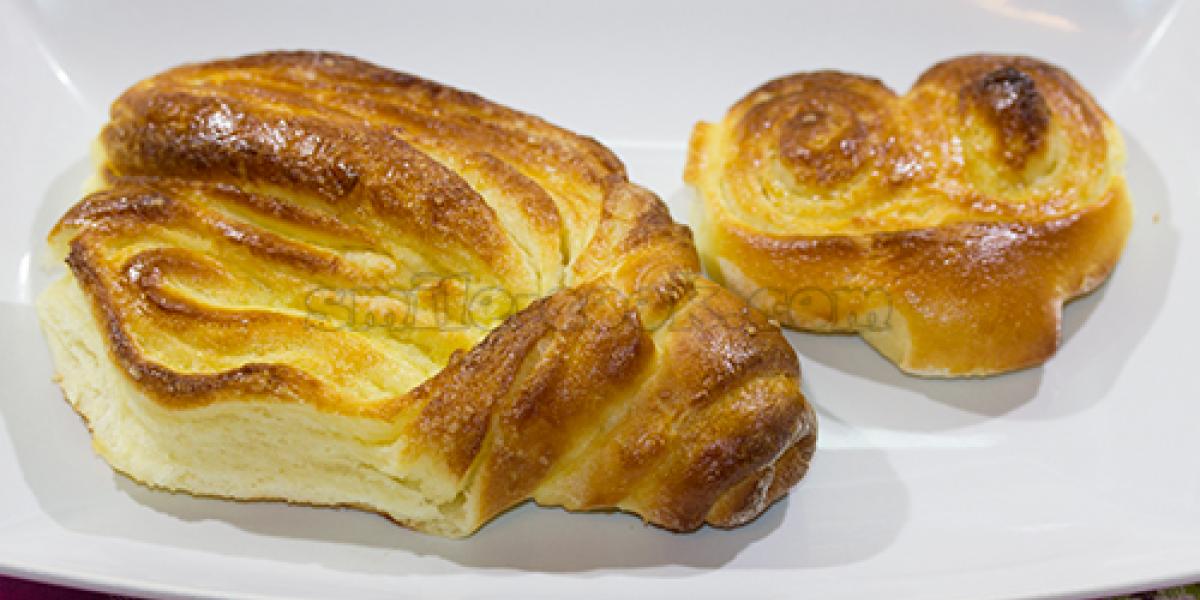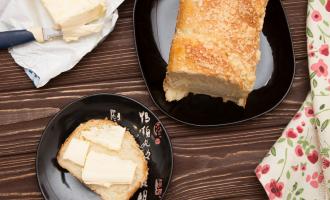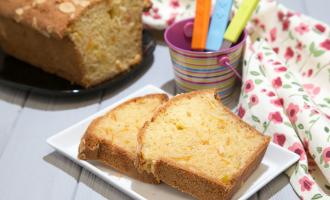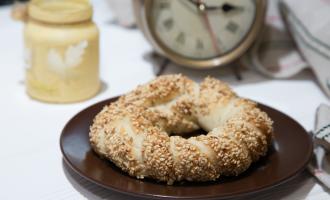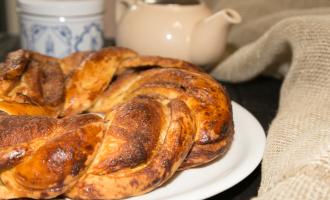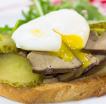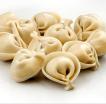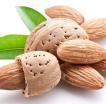Sugarplum buns
Yeast dough is my weakness, and buns are a double weakness! I can trade all the cream and mousse cakes for one fresh and flavorful bun. And buns - they are a universal treat: both breakfast and afternoon snack; in summer with cold milk, in winter - with hot tea, they are always delicious! And although I like to work with yeast dough, I have never made buns before. I found the recipe in an old Soviet book Kengis (1981), there also showed in detail the molding of products. For clarity, I decided to study the Internet and was surprised to find that most users offer a method of piece-by-piece molding - when a small ball of dough is rolled into a layer, greased, rolled up, and then it is formed into a bun. I have tried both variants and I can say that the book version is much faster and the products are more neat. I'll show you both, and you can decide for yourself which one you like better.
Another note: I used less flour than the book recipe. I think this is because the flour used to be lower quality, low gluten flour, and more was needed. I will write my proportions, but I advise you not to pour in all the flour at once, but look at the dough, how much it will take. By the way, the buns turn out moderately sweet, if you like it sweeter, just increase the amount of sugar in the sprinkles. And don't be afraid, buns are not as difficult to prepare as it seems at first glance.
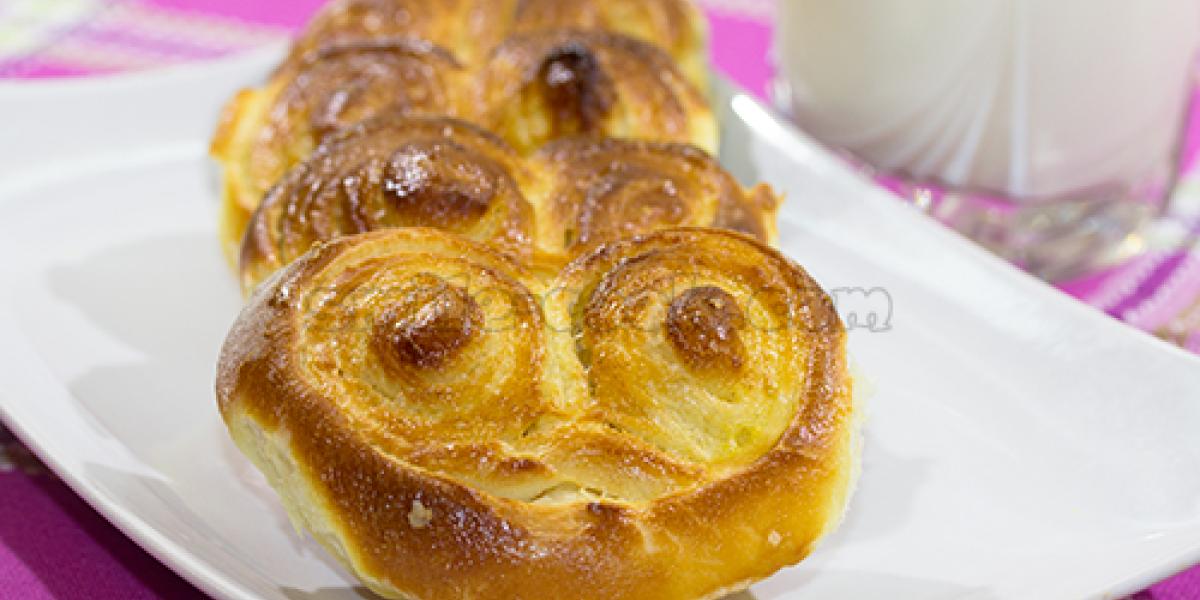
Composition (about 20 pieces):
Dough:
- flour - 2 tbsp.
- sugar - 4 tbsp.
- butter - 4 tbsp.
- eggs - 2-3 pcs.
- pressed yeast - 10 gr.
- salt - 1,4 tsp.
- water or milk - 0,5 tbsp.
dumplings:
- cream butter - 3 tbsp.
- sugar - 3 tbsp.
- egg for greasing - 1 piece .
Preparation of buns:
I used only milk, the recipe also suggests using only water, but I think that if you take both in equal proportions, it will also work well.
I used milk only, the recipe suggests using only water, but I think that if you take both in equal proportions, it will also work well.
pair:
Dissolve the yeast in the warm milk (not hot!) and pour in 0.5 tbsp of flour.
Flour.
Dissolve the yeast in the warm milk (not hot!).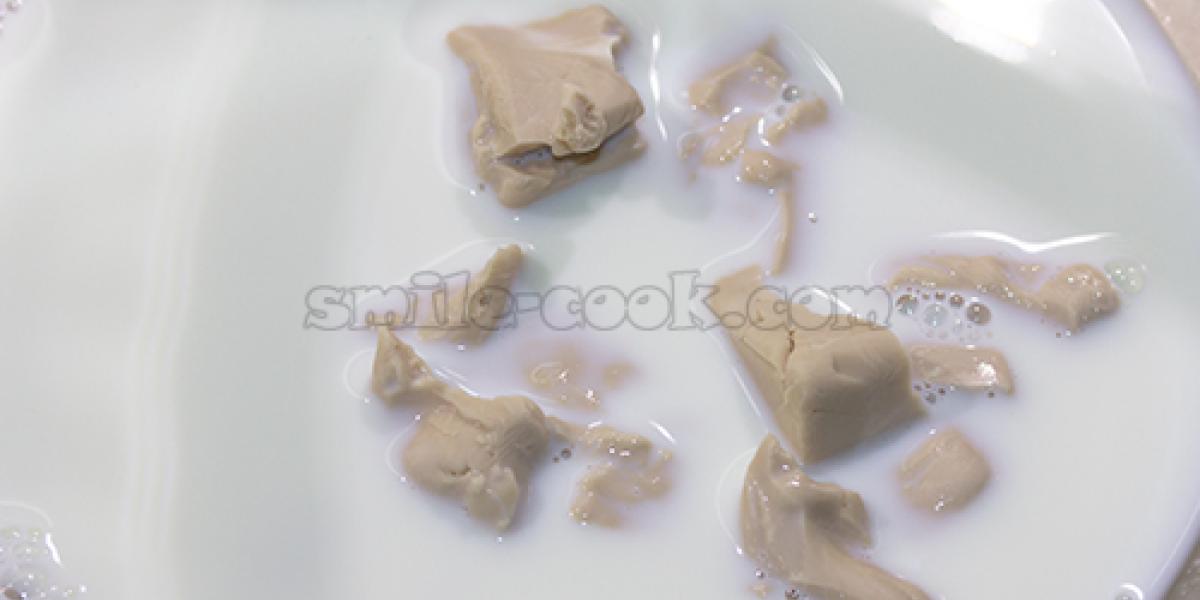
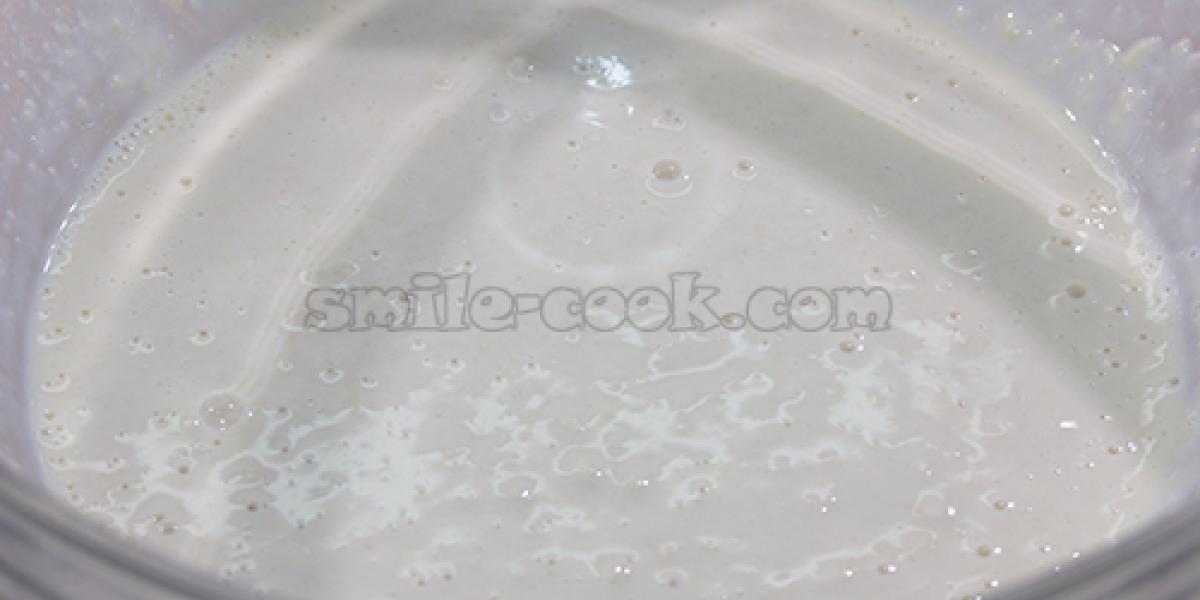
Pour the bowl with the opara and cover with a towel or food wrap and place in a warm place without drafts. The opara should ferment for about 3.5 hours at a temperature of about 28-30 degrees Celsius. During fermentation, bursting bubbles will appear on the surface of the opara. As soon as the pudding begins to settle, you can start kneading the dough.
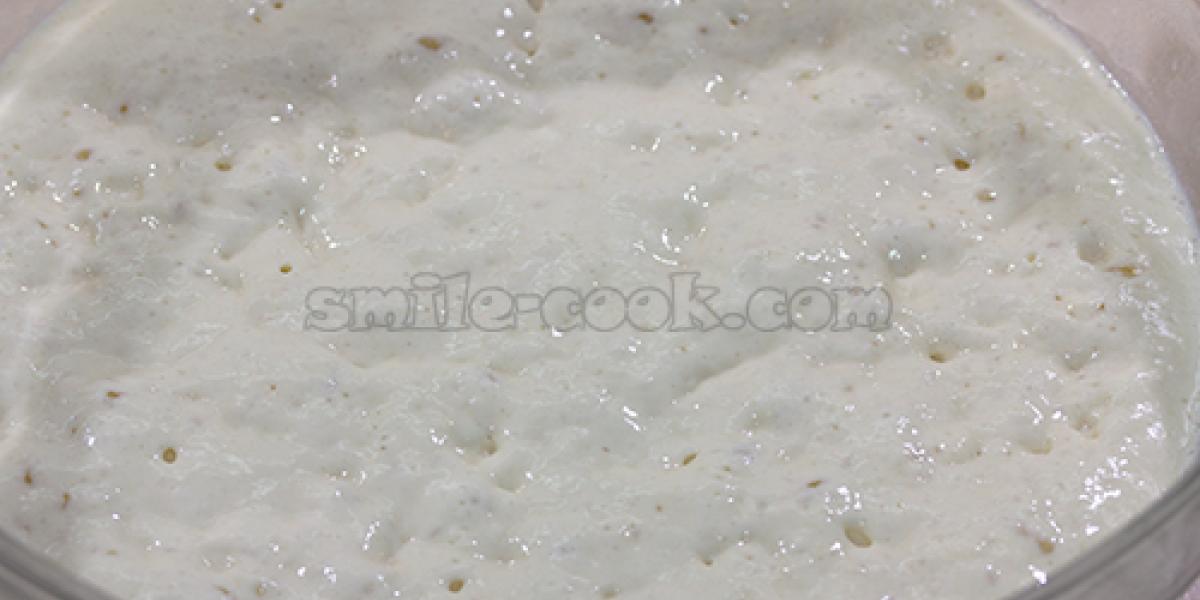
dough:
Add the eggs mixed with the salt and sugar to the paste and mix.
Add the eggs to the paste and stir.
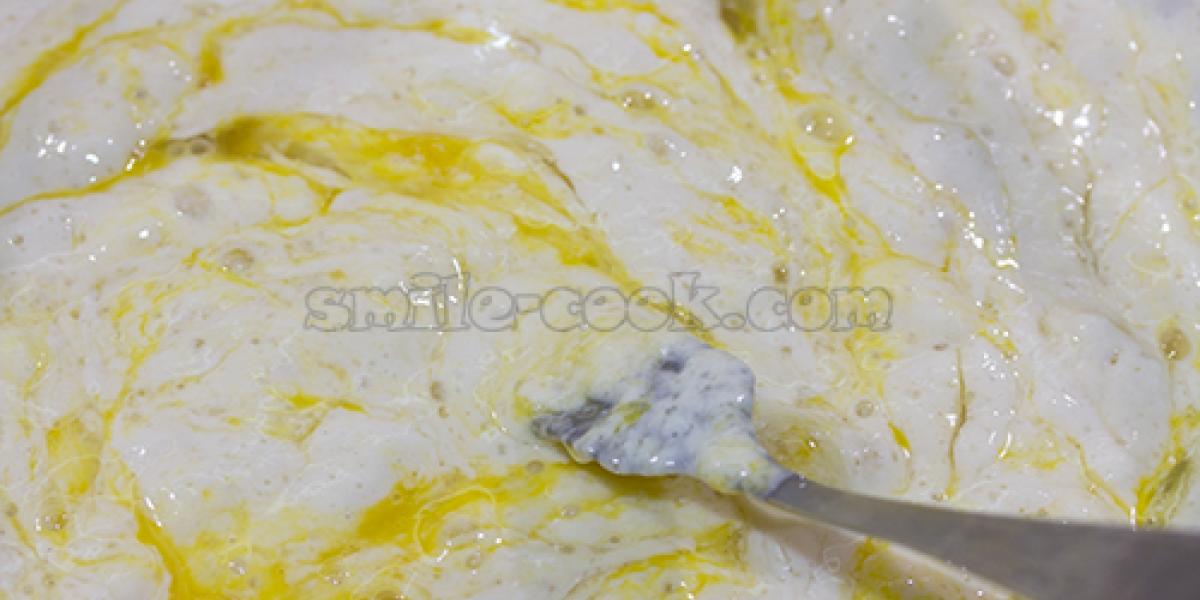
Gradually pour in the remaining flour. Be careful - you may need more or less flour. Look at the consistency of the dough, it should be firm, but still soft and pliable.
Be careful.
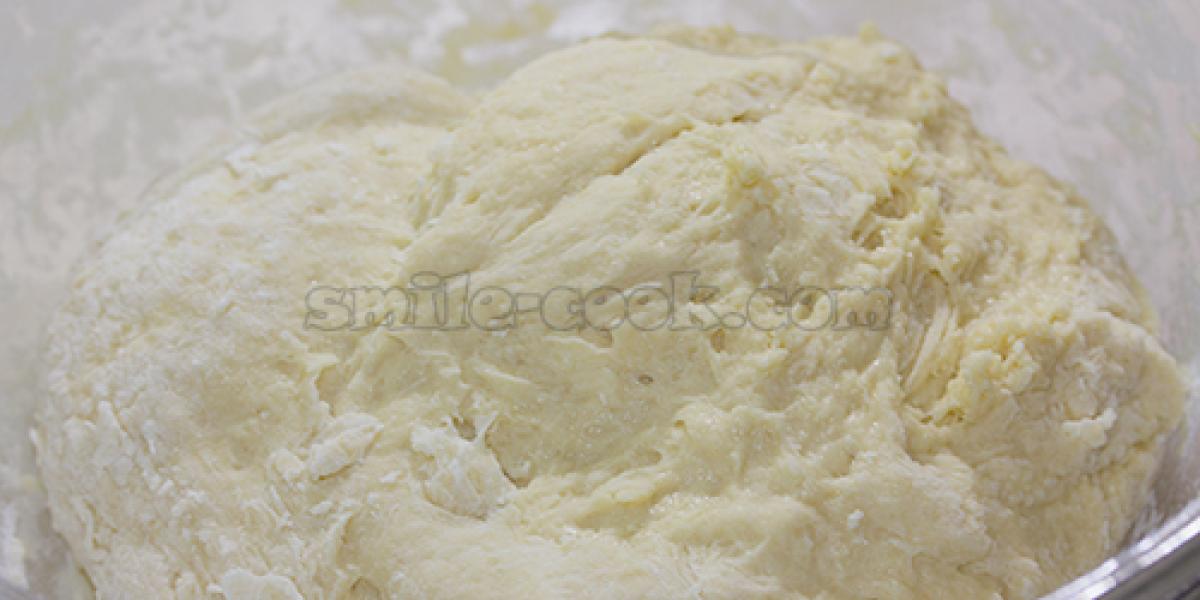
Knead the dough well for 5-7 minutes, it should stick well to your hands. At the end of kneading, add butter, softened to the consistency of thick sour cream.
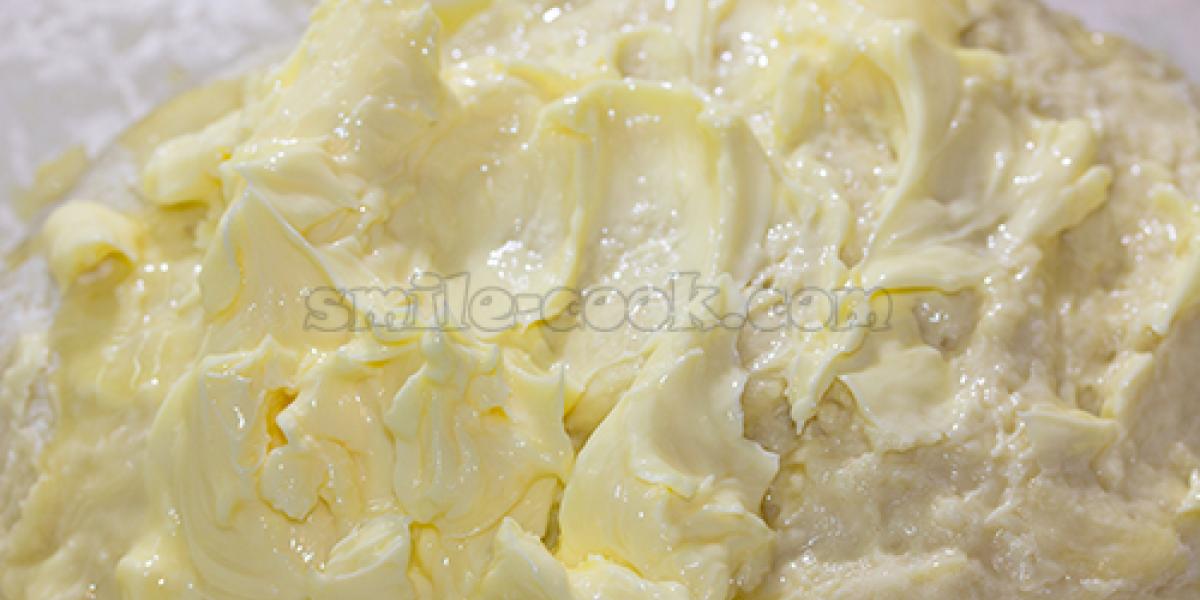
Re-cover the finished dough and place in a warm place for further fermentation.
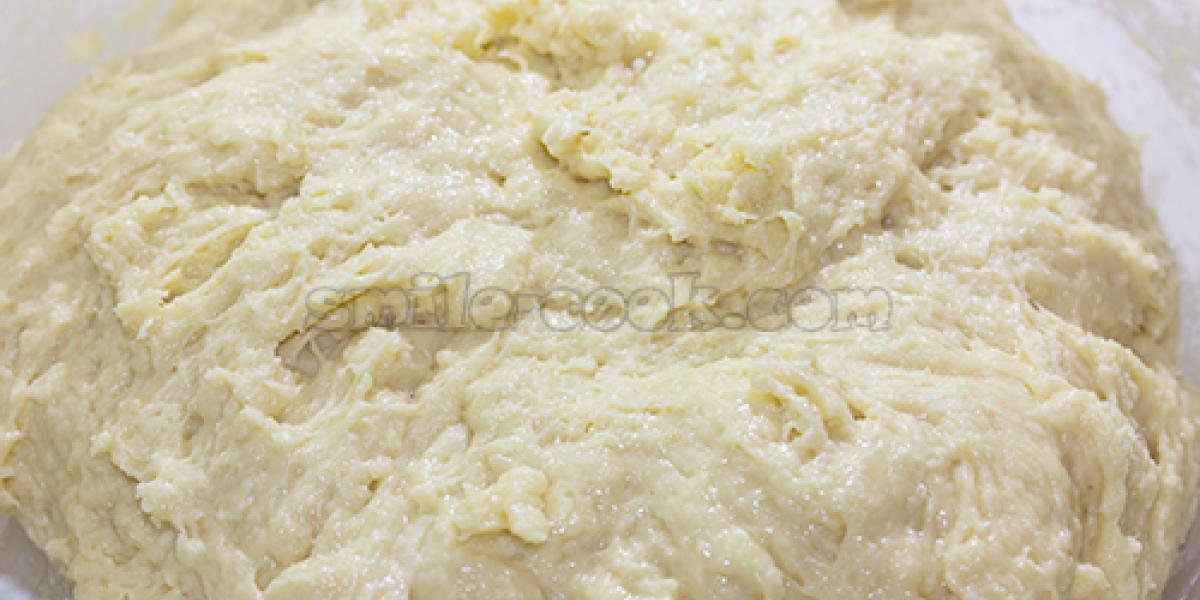
After about an hour, knead the dough and turn it out onto a table.
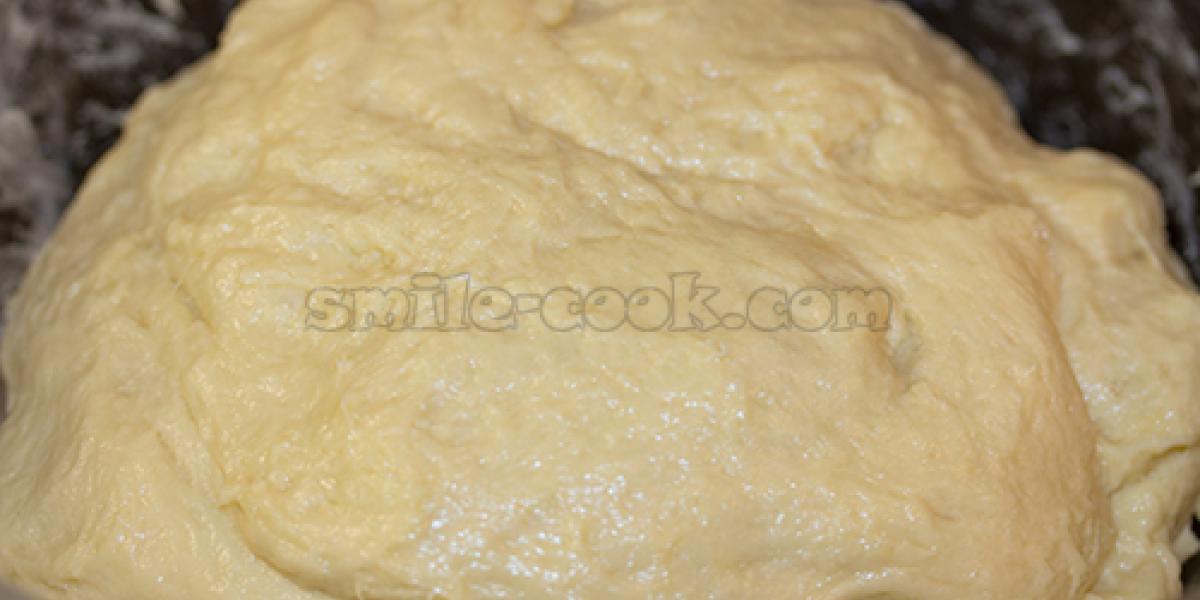
The duration of fermentation may vary depending on the room temperature.
Molding:
As I said, I tried two ways of molding buns. I liked the first one less, but it is the most common on the internet. I'll show it to you too.
I way:
Roll a small piece of dough into a layer and brush with melted butter, then sprinkle with sugar.
I method:
.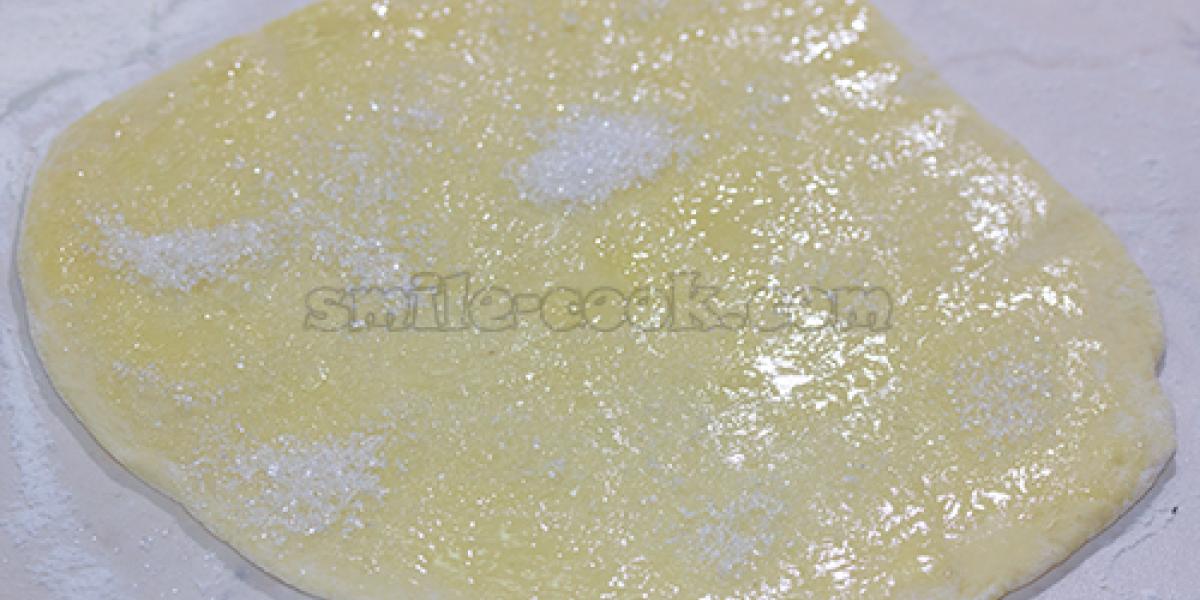
Fold the roll in half and press it down so that one part of the roll is over the other.
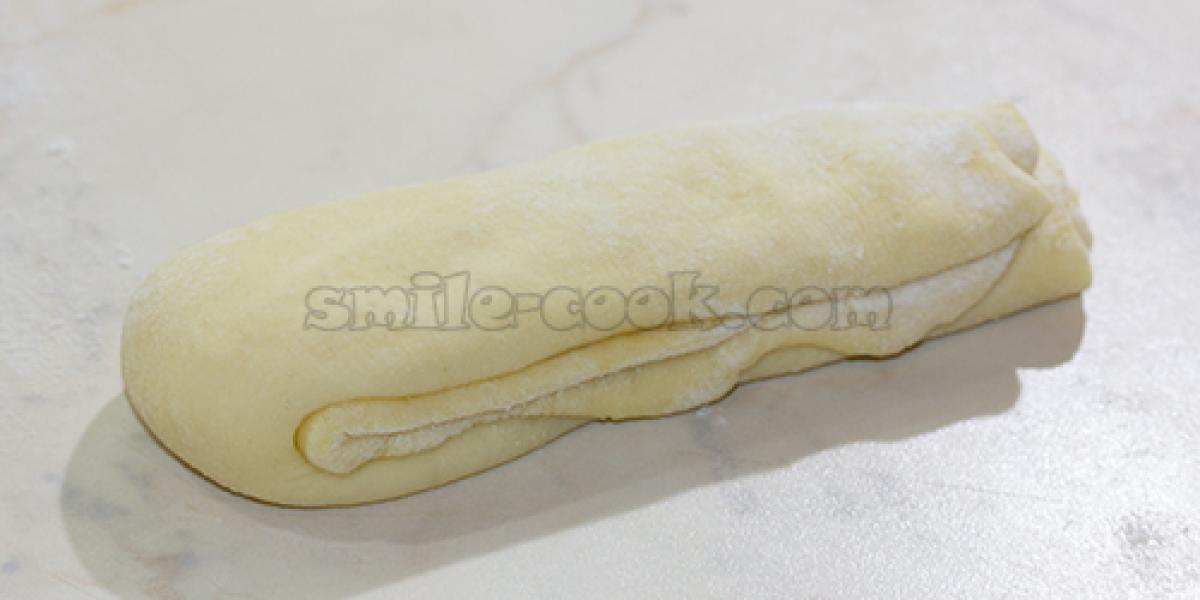
On the fold side, make an incision with a knife just short of the edge of the dough.
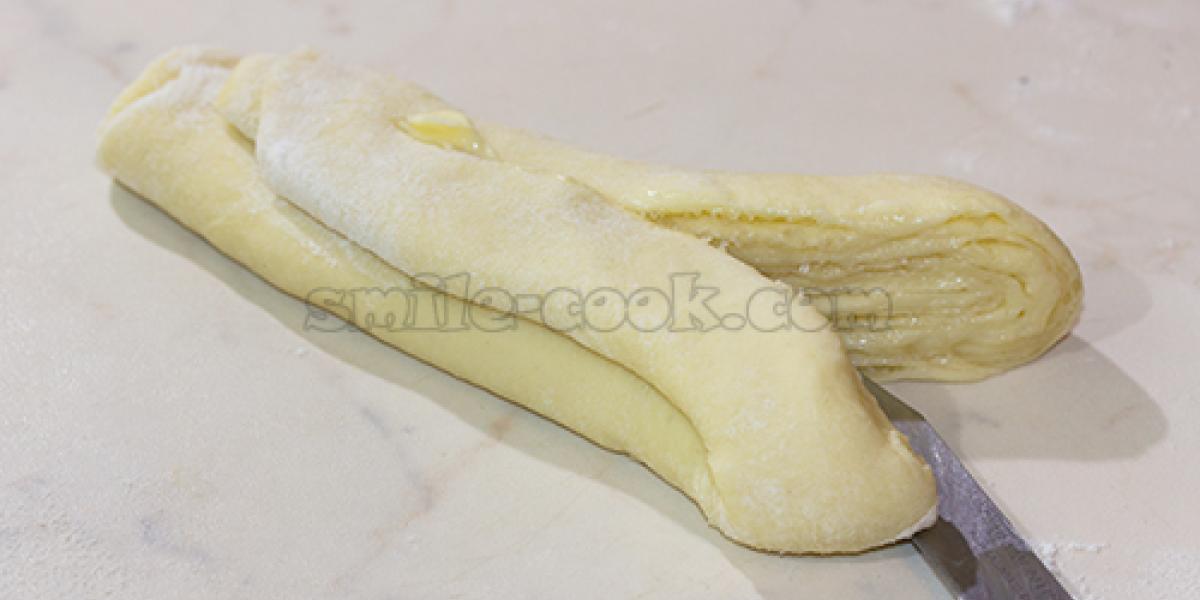
Turn the edges in different directions, as if opening a book.
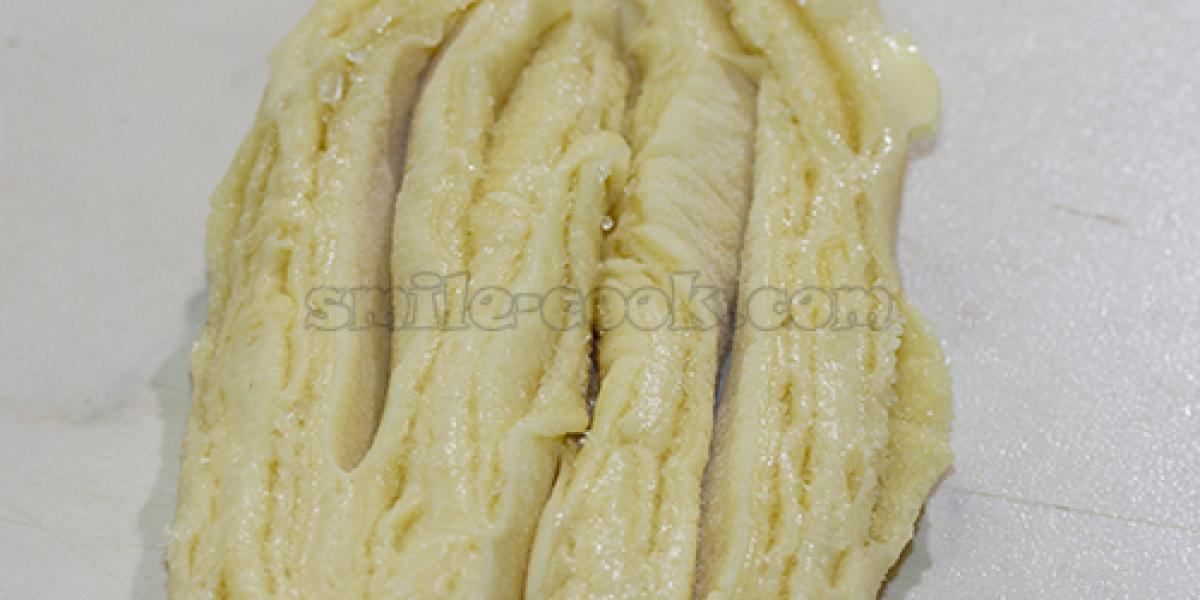
Place the finished buns on a parchment-lined baking tray.
The second method:
This method is suggested in the book and I liked it much better. First of all, it is faster, and secondly, the pieces are uniformly evenly shaped.
And I like it much better.
Roll out all the dough into a layer about 5mm thick and about 20cm wide. Brush the surface of the dough with butter melted to the consistency of thick sour cream and sprinkle with sugar.
Fold the dough into a tight roll. Cut it into equal pieces about 2-3 cm wide. Cut each of the pieces on one side, without reaching the other edge, and turn the ends in different directions, opening them like a book. Slice each of the pieces without reaching the other edge, and turn them open like a book.
Place the buns on a parchment-lined baking tray and place in a warm place for 1 hour to proof. At the end of proofing, brush the buns with beaten egg on top, sprinkle more sugar on top if desired, and bake in a preheated oven at 200-220 degrees Celsius for 10-12 minutes. This is what the first and second molded buns look like. Have a good appetite!"